Description
LiTaO3: SLT/MgSLT from Hobbite Co., LTD represents a significant advancement in laser optics technology. These subgrain boundary-free stoichiometric LiTaO3 crystals are meticulously grown to ensure superior quality and performance. The innovation behind these materials lies in their unique composition, which includes MgO doping to enhance their properties, making them a key material for QPM devices.
Hobbite's commitment to excellence is evident in the development of these crystals, which boast a low defect density and a wide transparent region. This ensures that they are highly effective in various optical applications, providing a reliable solution for professionals in the field. The large electro-optic (EO) and nonlinear optical (NLO) constants further enhance their functionality, making them a preferred choice for those seeking high-performance laser optics.
Moreover, the LiTaO3: SLT/MgSLT crystals exhibit a high photorefractive damage threshold and a high laser damage threshold, ensuring durability and longevity even under demanding conditions. The absence of birefringence index and GRIIRA (Green Induced IR Absorption) further underscores their superior optical clarity and efficiency. These attributes make them an indispensable component in the realm of precision optics, where quality and reliability are paramount.
LiTaO3 SLT MgSLT Laser Optics Crystal
Specifications
| Crystal Type: | LT (LiTaO3) |
|---|---|
| Phase Mathcing Type: | Not Applicable |
| Mounting: | Unmounted |
| Flatness: | Not Available |
| Surface Quality (Scratch-Dig): | Not Available |
| AR Coating: | Both Sides |
Features
- Low Defect Density: Achieves defect density 100 times lower than standard materials.
- Wide Transparent Region: Features a UV cut-off 20nm lower, enhancing optical clarity.
- Large EO and NLO Constants: Exhibits electro-optic and nonlinear optical constants with d33 > 26.2 pm/V.
- Small Coercive Field: Operates with a coercive field of less than 1~2 kV/mm, ensuring efficient performance.
- High Photorefractive Damage Threshold: Withstands photorefractive damage with a threshold > 5 MW/cm² at 532 nm for continuous wave lasers.
- High Laser Damage Threshold: Endures laser damage with a threshold > 2 GW/cm² at 1064 nm for pulse lasers.
- Minimal Birefringence: Offers almost no birefringence index, ensuring high optical quality.
- No GRIIRA: Free from Green Induced IR Absorption, maintaining optical integrity.
- Subgrain Boundary-Free Crystals: Features stoichiometric LiTaO3 crystals grown without subgrain boundaries for superior quality.
Applications
- Telecom Optics: Supports EO modulators and wavelength conversion in optical networks.
- Laser Systems: Ideal for Q-switching, harmonic generation, and laser modulation.
- Frequency Conversion: Key material for SHG, OPO, and QPM-based nonlinear devices.
- Photonics Research: Suitable for experimental setups requiring high optical quality.
- Electro-Optic Devices: Enables efficient modulation and switching with low coercive fields.
Frequently Asked Questions
What is LiTaO3: SLT/MgSLT?
What are the key features of MgSLT?
What applications are LiTaO3: SLT/MgSLT crystals used for?
What is the significance of the high laser damage threshold?
What does 'subgrain boundary-free' mean in the context of LiTaO3 crystals?
What is the advantage of having a low coercive field in these crystals?
What does 'no GRIIRA' mean?
Similar Products
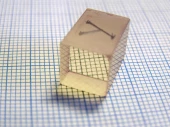

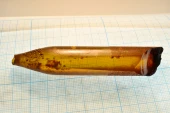
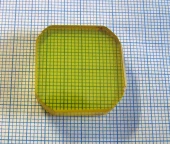



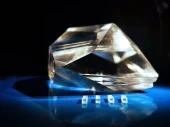
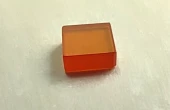
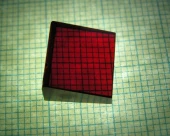

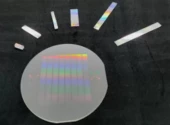
Your inquiry has been received.
Create an account by adding a password
Why create an account?
- Auto-complete inquiry forms
- View and manage all your past messages
- Save products to your favorites
- Close your account anytime — no hassle
